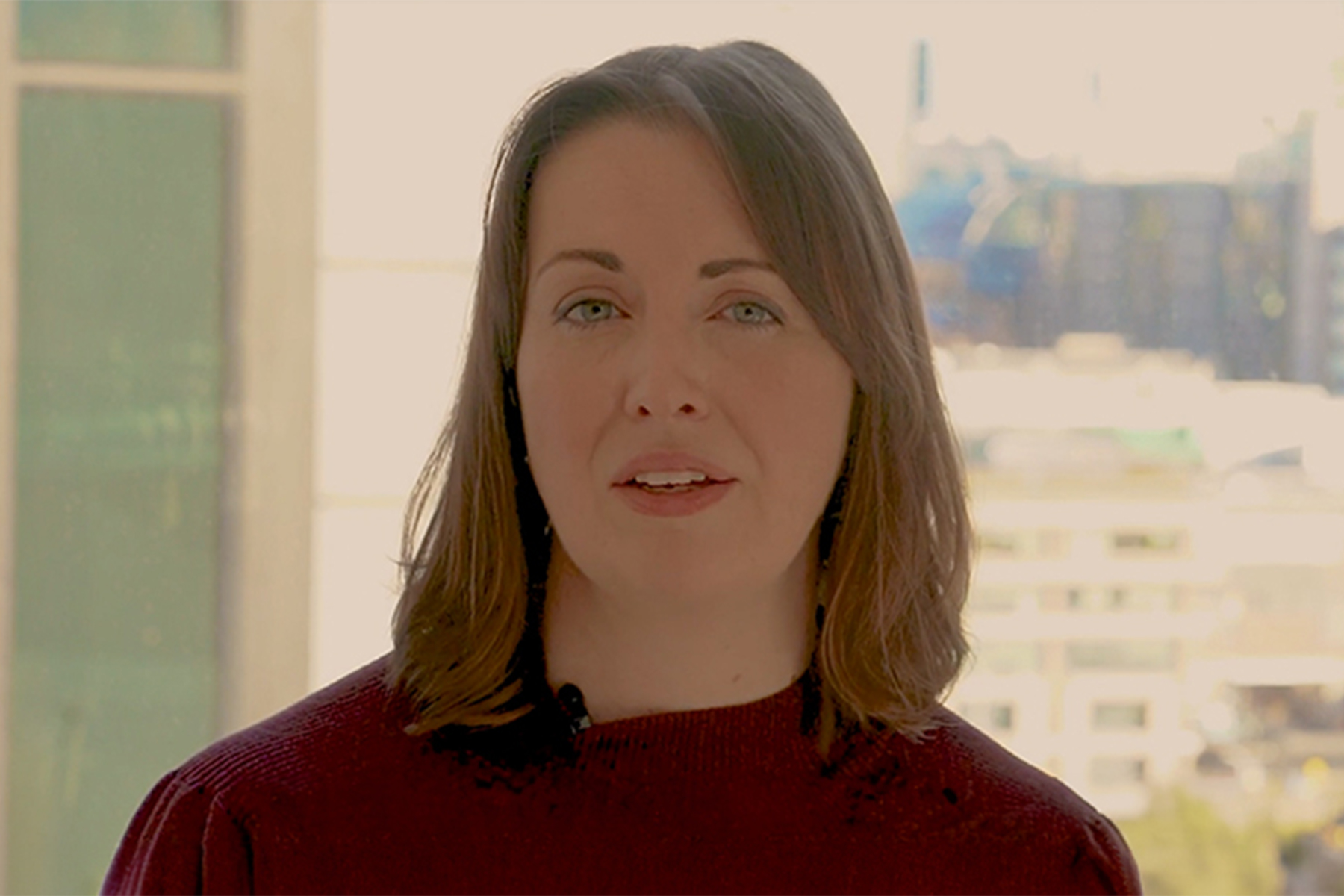
Calculating a cleaner future
This GroupM framework aims to create a robust methodology for measuring emissions across the media supply chain to accelerate decarbonisation of the industry
In January 2022, UN Secretary-General António Guterres declared that countries have no choice but to enter ‘emergency mode’ in the fight against climate change. He said the world is "far off-track" from meeting the reductions in carbon emissions necessary to limit global temperature increases to 1.5°C above pre-industrial levels, as outlined in the Paris Agreement on climate change. If we are to avert the unthinkable, the time to act is now.
Meanwhile, legislation is being enacted around the world that will dramatically increase the requirements for accurate reporting on greenhouse gas (GHG) emissions and other climate impacts. Pressure from clients, employees and investors who are incorporating climate risks and opportunities into their assessment of good business will force media investment toward publishers and platforms that are working to decarbonise and are transparent about their progress.
Though the news is dire, there is cause for optimism. With the risks of inaction made clearer than ever, the enthusiasm for change within our industry is growing. The hard work of convincing decision-makers that a threat exists is done, leaving us to simply decide how we can most rapidly effect change.
It is becoming apparent that the relative carbon footprint of different media distribution options will increasingly influence where client investment is made. We are seeing this already and expect this to grow substantially over the next three years, as the urgency and financial imperative to deliver on absolute emissions reduction and net zero pledges increase across all businesses. That is why we are making investments in research, validation and operations to enable investment decisions that factor in supply chain decarbonisation.
WPP has committed to reach net zero across its direct operations (Scopes 1 and 2) by 2025 and its value chain (Scope 3) by 2030. This commitment includes the media GroupM buys on behalf of our clients, which collectively account for more than 50% of WPP’s total emissions. These goals are underpinned by carbon reduction targets that are in line with the Paris Climate Agreement and verified by the Science Based Targets initiative.
In recent years, individual advertisers, holding companies, agencies, associations and working groups have either made pledges to reduce their carbon footprint or are providing resources to help others do so. Globally, the industry has also come together to form Ad Net Zero, an industry-wide drive to reduce the carbon impact of developing, producing and running advertising to net zero by the end of 2030 and commit to making practical changes.
AdGreen is an industry-wide coalition that creates tools, resources and training to measure and understand waste and carbon impacts, with the aim to reach zero waste/zero carbon. In the US, the Association of National Advertisers provides content, frameworks and resources that enable sustainable practices through its Sustainability Collective.
This is a complex and fast-moving area, and the industry’s efforts have been well intentioned. However, the reality is that our emphasis thus far has been on offsetting, not reduction, and the approach to measurement has not been robust enough. Too often, pledges available today rely on inconsistent boundaries that are not comparable between companies and are not focused on driving absolute reductions across the media supply chain.
There are a number of media carbon calculators that exist currently; however, they use inconsistent parameters (meaning that we cannot compare emissions from one channel to another), data and calculation methodology, resulting in overly broad estimates and offsetting.
No industry-led framework, methodology or calculator has yet been published that prioritises the use of vendor consumption data (or a hybrid with secondary data when unavailable) to inform campaign emissions consistently across channel value chains.
Overall, the combination of piecemeal commitments, inconsistent value chain parameters, a reliance on public data versus platform-specific or publisher-specific data, and a focus on estimating and offsetting rather than reducing emissions has left the industry unprepared to meet climate goals within an acceptable timeframe.
WPP is working to develop the technology and standards that can be used to measure and reduce emissions from advertising globally. As part of that effort, GroupM worked with independent specialists in carbon measurement to help create a robust methodology for accurately measuring emissions across the media supply chain to allow targeted interventions to reduce emissions from media placement.
Once created, the lifecycle assessment methodologies of media channels would allow a new carbon calculator to be built, which could serve anyone in the industry willing to set absolute emissions reduction targets and build in vendor level data where available. The most noteworthy conclusions include the following (The below don’t read as a list and aren’t all written as ‘conclusions'):
A greater level of data granularity will make it possible for clients to move their media investments to lower-emission media publishers and platforms, which in turn will change behaviours and accelerate decarbonisation across the media supply chain.
The first step is to agree on consistent industry application of the Greenhouse Gas Protocol (GHGP). This will expand the amount of carbon accounted for versus current calculators and will enable accurate carbon accounting through a transparent calculation methodology.
Consistent industry application of the GHGP will confirm the data sets required from publishers and platforms, reducing the reporting burden for both, and supporting them in their own emissions-reduction efforts. Data quality is a particular challenge for managing supply chain emissions, as it is beyond our direct control.
Given the advanced stage of the climate challenge and the state of our industry efforts to combat it, achieving our goals will require us to execute against three equally important pillars:
- Enabling rapid reduction of emissions, not just estimation and offset.
- Finding a robust and quickly actionable solution ahead of any forthcoming legislation.
- Laying the foundations of an industry approach to move further, faster.
GroupM is dedicated to developing the tools and technology to ensure that carbon emissions are considered a part of the media planning process. We believe the relative carbon footprint of different media distribution options will increasingly influence where clients choose to make their investments.
A new set of methods, standards and currencies
Our report lays out, in extensive detail, methods and standards for evaluating GHG emissions from advertising that can be used in the creation of a carbon calculator – one for use by the entire industry, not just GroupM. This is, to our knowledge, the first attempt to provide a full and comprehensive assessment of the carbon emissions of an advertising campaign by channel and vendor. It is our hope that this assessment will serve as common ground for the industry as we seek to rapidly achieve standardisation.
To develop a consistent, detailed methodology for calculating emissions from media, we have aligned to the Greenhouse Gas Protocol’s Product Life Cycle Accounting and Reporting Standard. The rationale for the use of this standard is that placement of the media or ad campaign is the ‘product’ and, as we wish to understand the emissions associated with the value chain of an advertisement, conducting emissions lifecycle assessments of each channel that could contribute to serving an ad was essential.
The challenge before us demands that we work together to find standardisation, and quickly. Our deadline is imposed not only by the climate itself, but the increasing intolerance for apathy among clients, investors, employees and consumers. In 2022, we have the opportunity to come together in the interests of our business and our planet – but circumstances demand that we act now.
As WPP and GroupM begin this next phase of the journey, we welcome and encourage industry-wide efforts to evolve the effort, much as the industry did with the Global Alliance for Responsible Media, a coalition co-founded by GroupM. We strongly trust that such collaboration – made in good faith and without significant delay – can ultimately strengthen our current methodologies.In addition, we are committed to working with and through industry trade bodies and Ad Net Zero to create alignment around a common industry solution. We believe this, along with market commitments to Science-Based Targets, including media, will rapidly accelerate decarbonisation of the industry.
Because action across the entire supply chain is critical, timely and transparent vendor data are essential to achieving our objectives.
GroupM is willing to work with vendors to update data-gathering practices throughout the supply chain and update contracts with third parties to better facilitate sharing of emissions data.
Our aim, therefore, is to have a new version of the carbon calculator in Q4 2022. We will continue to improve the calculator as data quality evolves. We are now in the process of creating education and guidance to help our full range of partners – including smaller and more specialised organisations that may lack the resources to fully and rapidly adopt these standards or provide the necessary data.
There is a great deal of work ahead to implement this plan and drive media decarbonisation, but GroupM and WPP are 100% committed to the mission. We look forward to working with all members of our industry as we fi nd common ground on this most important – and urgent – of priorities.
Quick wins
- Move rapidly away from offsetting by getting visibility on emissions to enable action that will reduce CO2e.
- Buy fewer, better ads from higher-quality publishers.
- Cut complexity of supply chain: fewer intermediaries, less tech simplistically equals less emissions.
- Reduce the size of creative assets and methods of distribution (i.e. streaming versus ad serving).
- Be prepared to shift investment to publishers and platforms that show significant quantified decarbonisation.
published on
06 December 2022
Category
More in The Atticus Journal

Generative AI: mitigating risk to unlock opportunity
H+K’s Allison Spray on managing the commercial and reputational risks that the proliferation of generative AI will present

Making sustainability profitable
Sustainability investments must deliver returns – both financial and reputational – to be ‘sustainable’ for business. Something needs to change, says Luc Speisser

Sustainability comms must get real
There’s a disconnect between the way corporations talk about climate change and how the public discusses the same issue. That’s the conclusion of research by Jamie Hamill, Alessia Calcabrini and Alex Kibblewhite.

